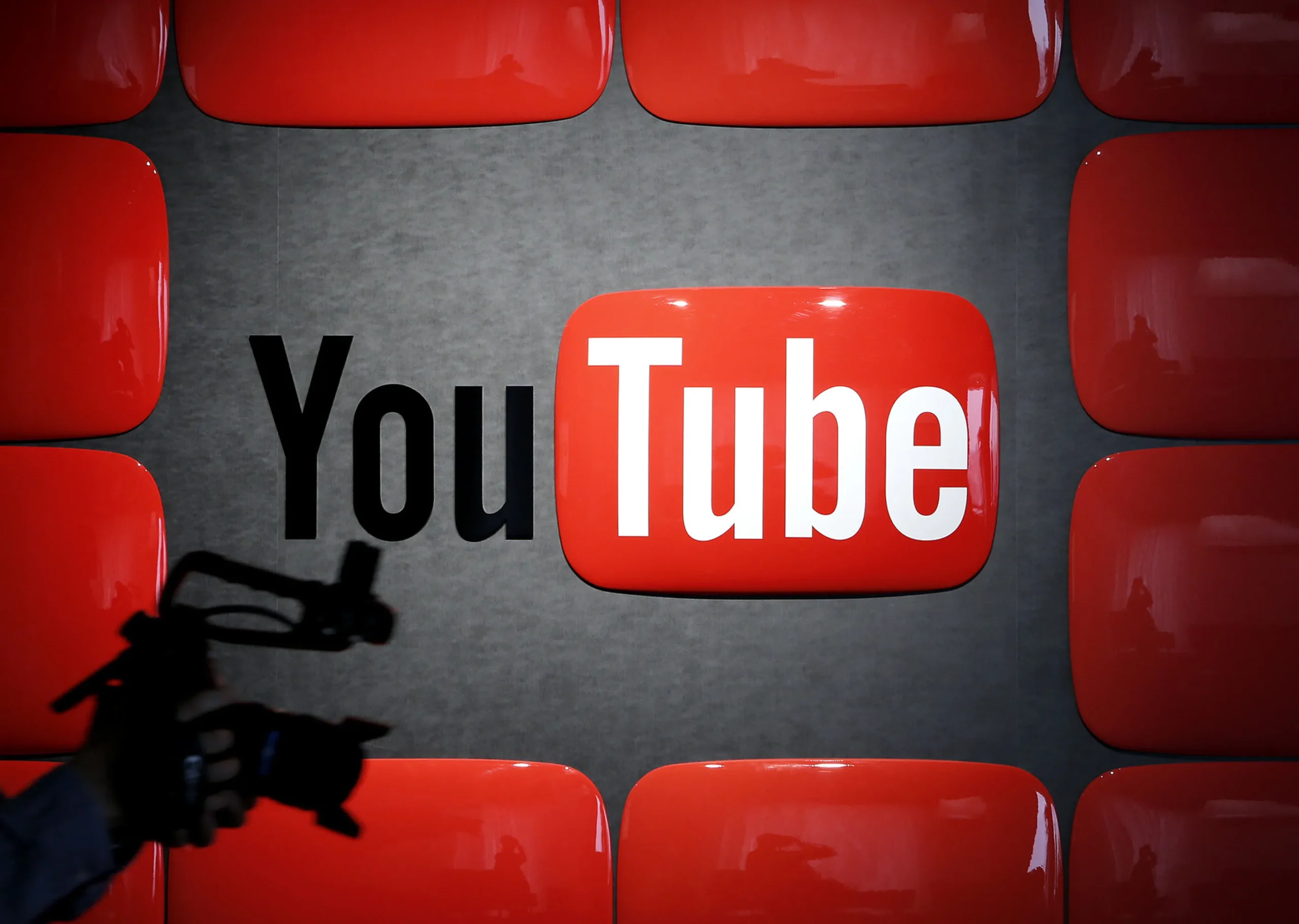YouTube first revealed its plan to introduce ads on the pause screen back in May 2023.
YouTube is currently in the process of widely rolling out “pause ads,” a new advertising format that appears when users pause videos. This feature was first announced last year and has generated a significant amount of discussion online. Users have begun reporting the presence of these ads, which can be either static images or short looping videos, sparking a mix of reactions, especially concerning the potential disruption to their viewing experience. Following a positive response from both advertisers and users, YouTube appears determined to implement this feature across its platform.
The introduction of pause ads marks a departure from YouTube’s traditional ad formats, which typically consist of ads displayed before and during videos. The pause ads are unique in that they are activated specifically when a video is paused, allowing advertisers to engage with viewers even when they are not actively watching content. This strategy aims to capitalize on moments when viewers are more likely to notice the advertisement, thereby increasing its effectiveness.
On social media platforms such as Reddit and Twitter, many users have begun to share their experiences with pause ads. This has created a buzz around the feature, with some users expressing frustration over the new intrusion into their viewing habits. However, others may appreciate the opportunity to see ads while pausing, potentially making the platform more profitable for YouTube and its content creators.

The design of these ads differs from standard video advertisements, as they appear as pop-up elements that occupy only a portion of the screen. For instance, on the web, these ads are typically located on the right side of the video interface, while in the mobile app, they overlay the comments section. This placement allows for minimal interruption of the viewing experience, although some users may still find it distracting.
The decision to move forward with pause ads likely stems from YouTube’s ongoing need to innovate and diversify its revenue streams, especially in the face of increasing competition in the video streaming industry. By offering advertisers new opportunities to reach their audiences, YouTube can ensure its platform remains attractive to those looking to promote their products and services.
As the rollout of pause ads continues, it will be interesting to observe how users adapt to this new format. YouTube’s ability to balance monetization with user experience will be critical in determining the long-term success of this initiative. The platform’s responsiveness to user feedback in the coming months will also play a vital role in shaping the future of advertising on the site.
















